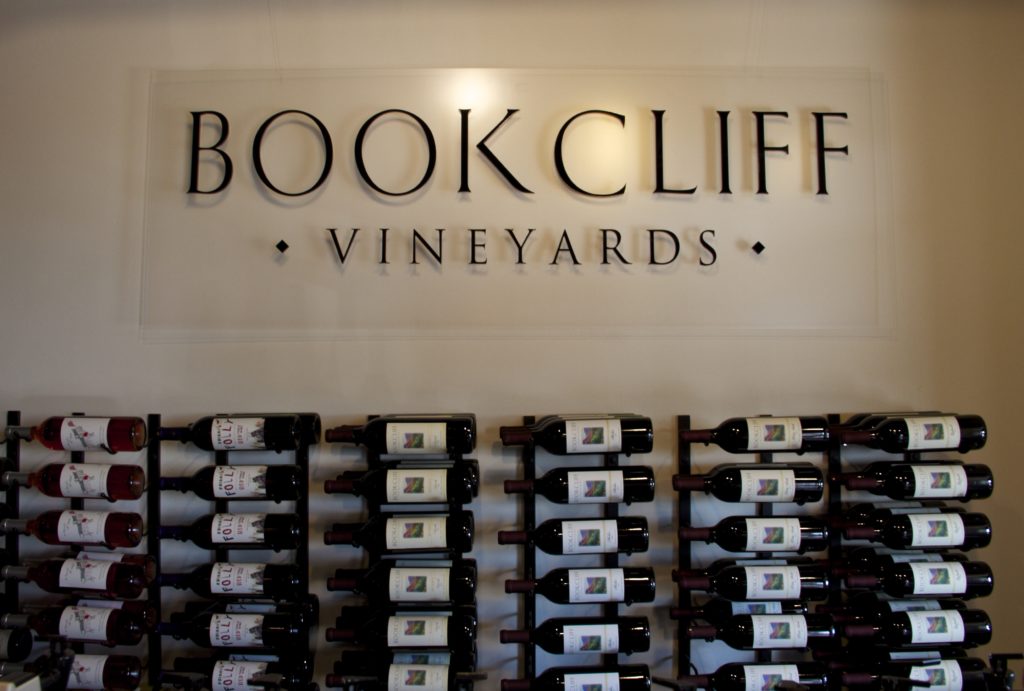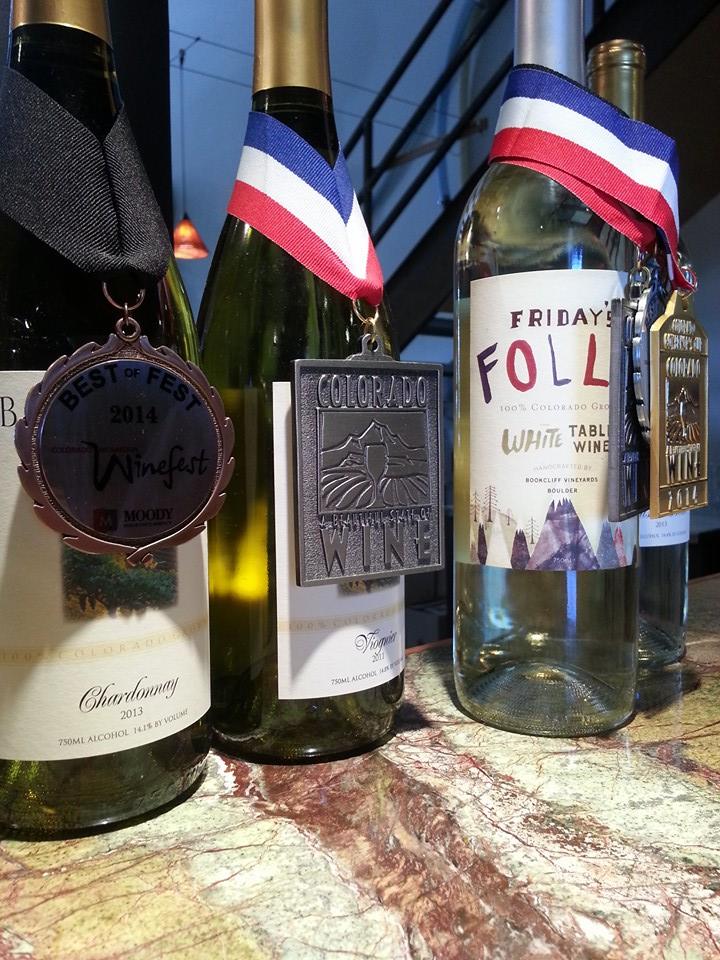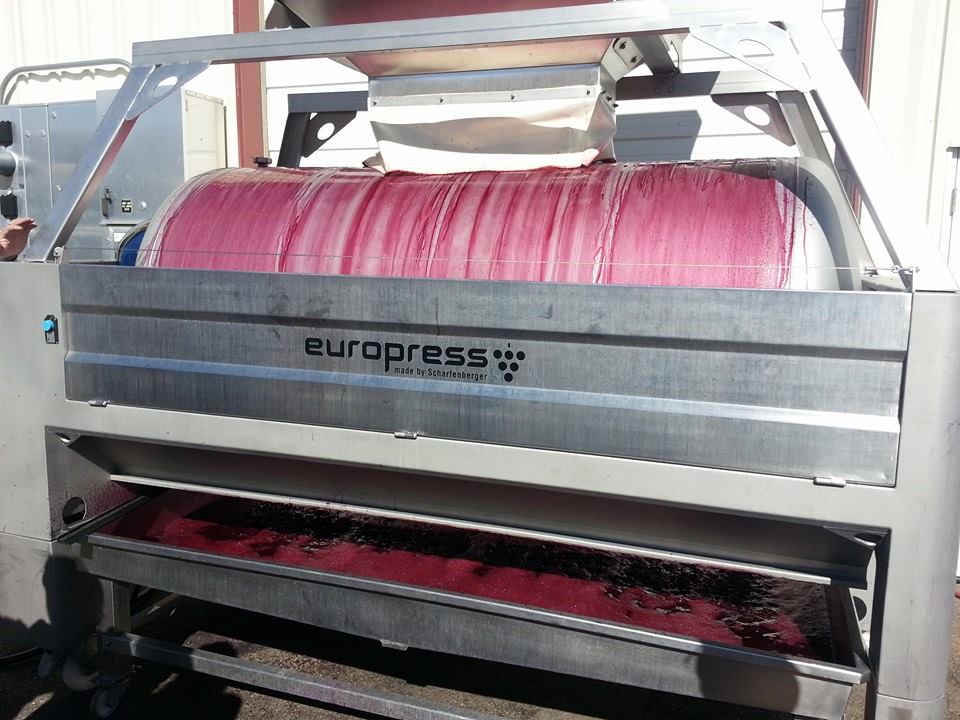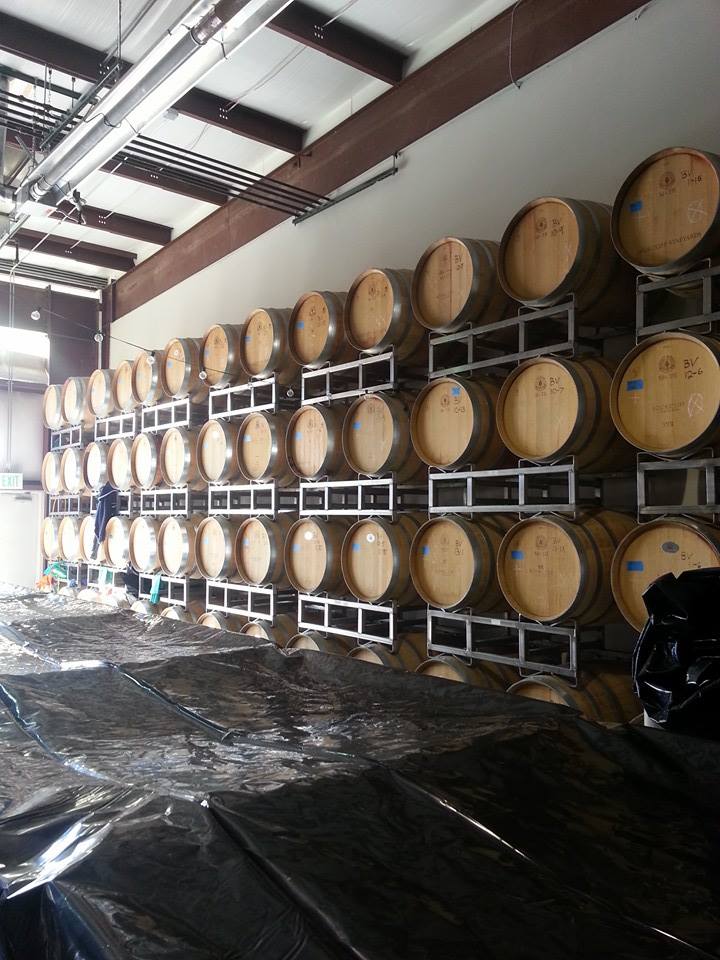By: Ryan Hodros, Culinary Arts Student

I was hoping to save this for a much larger “part two” on my time in the Farm-to-Table block of the Culinary Arts program at Auguste Escoffier, but this past Monday was too cool to wait. You see, we took a tour of the Bookcliff Winery and learned all about the fine art of turning grapes into wine.
I’ve been brewing beer at home for almost a decade now, and though I’ve read bits and pieces on the winemakers’ art, I’ve never taken the plunge to try it myself. I’d always somewhat assumed that it was fairly similar to brewing beer—you introduce yeast to a sugary slurry, and you wait. Sure there’s more to it in making beer, but there’s a TON more to it in making wine.
It starts with the grapes. John Garlich, who gave us the tour of the Bookcliff Facilities, walked us through the process. First, they grow their grapes in several fields in and near Palisades, Colorado. The weather and terroir there is not only great for peaches, but also for grapes (I had no idea). There, they control the amount of water the vines have access to, as well as performing a number of other techniques that I honestly didn’t understand (it got pretty technical) in order to produce the absolutely correct ratio of juice to skins. The skins are where the tannins and other flavors people associate with red wine live, but the juice is where the sugar (and later alcohol) lives. Controlling the tannins affects the flavor while controlling the amount of sugar in the grapes affects how much alcohol is in your finished product.

Then the grapes are shipped to their winery in Boulder where the grapes are separated from their stems and as many seeds as possible and then gently crushed. The resulting slurry is fermented partially in open containers. Any beer guys reading this are no doubt exclaiming “Open containers! The wine will get infected!” which is exactly what I said. (Infection is when what you’re fermenting gets wild bacteria other than yeast inside of it, resulting in off-flavors or the beverage spoiling.) John assured me, however, that in the dry climate of Colorado and the robust nature of their wine (with its acidic PH and culture of yeast already in the juice), the chance for infection is so low that it’s not an issue.
And he’s not just making things up. Each of their fermentation vats lacked the telltale “furry peaches” smell that most infected fermentations give off (the smell you get from rotten fruit in the bottom of your fridge). Finally, the wine/grapes are put into a wine press, and the sweet nectar is separated from the grape skins and finished in conical fermenters. The uncrushed seeds are put back in the wine (wrapped in a mesh bag) in order to stabilize the tannin flavor in the wine and to set the color in a chemical reaction I don’t really understand.

Once that process is finished, they get put into oak barrels to age. The winemakers can affect the flavor of the wine by the type of oak barrels they use, and the degree of roast the oak is taken to. In fact, what surprised me most was the degree of control winemakers have over the flavor of the wine they make. For example, French Oak with a deep roast will have a different flavor profile than a lightly roasted American Oak. This level of control starts with the growth of the vine and spreads all the way down to the length of time the wine is left in the bottle before opening.
Colorado wine has something of a negative reputation out in the greater wine world, with most people considering it bottom shelf garbage. After spending some time down at Bookcliff, sampling some of their amazing work, this reputation is completely undeserved. This is especially exciting because one of the issues in creating a completely local menu in your restaurant (for anyone that doesn’t live on the coasts) is finding locally produced wine. Sure, beer isn’t a problem in Colorado, but apparently neither is wine! It’s a secret that’s been kept too well, and I want to start getting the word out.
Bookcliff has inspired me thrice over: first to learn more about winemaking, second to try my hand at winemaking at home, and third to start exploring Colorado wines. All three of those will no doubt make for an interesting hobby, and I can’t wait to get started!



